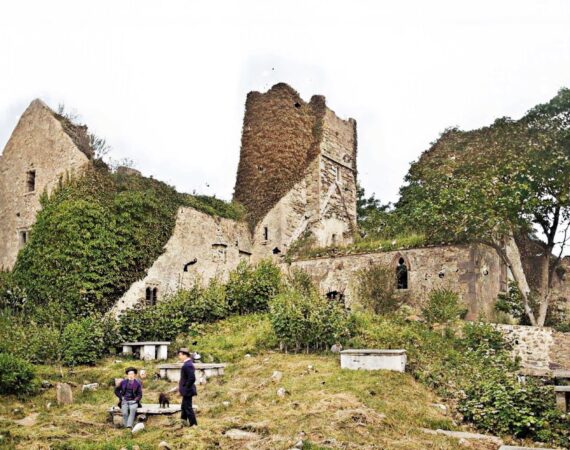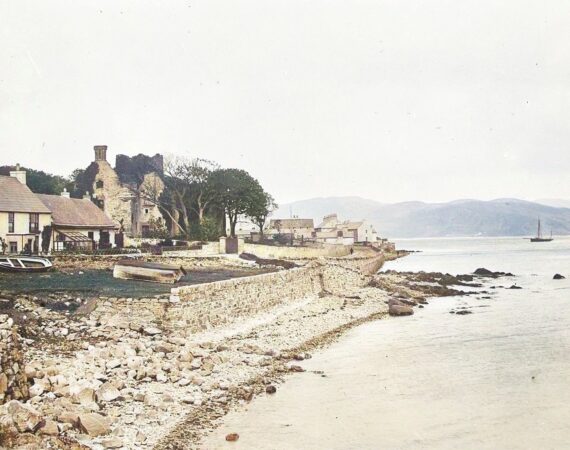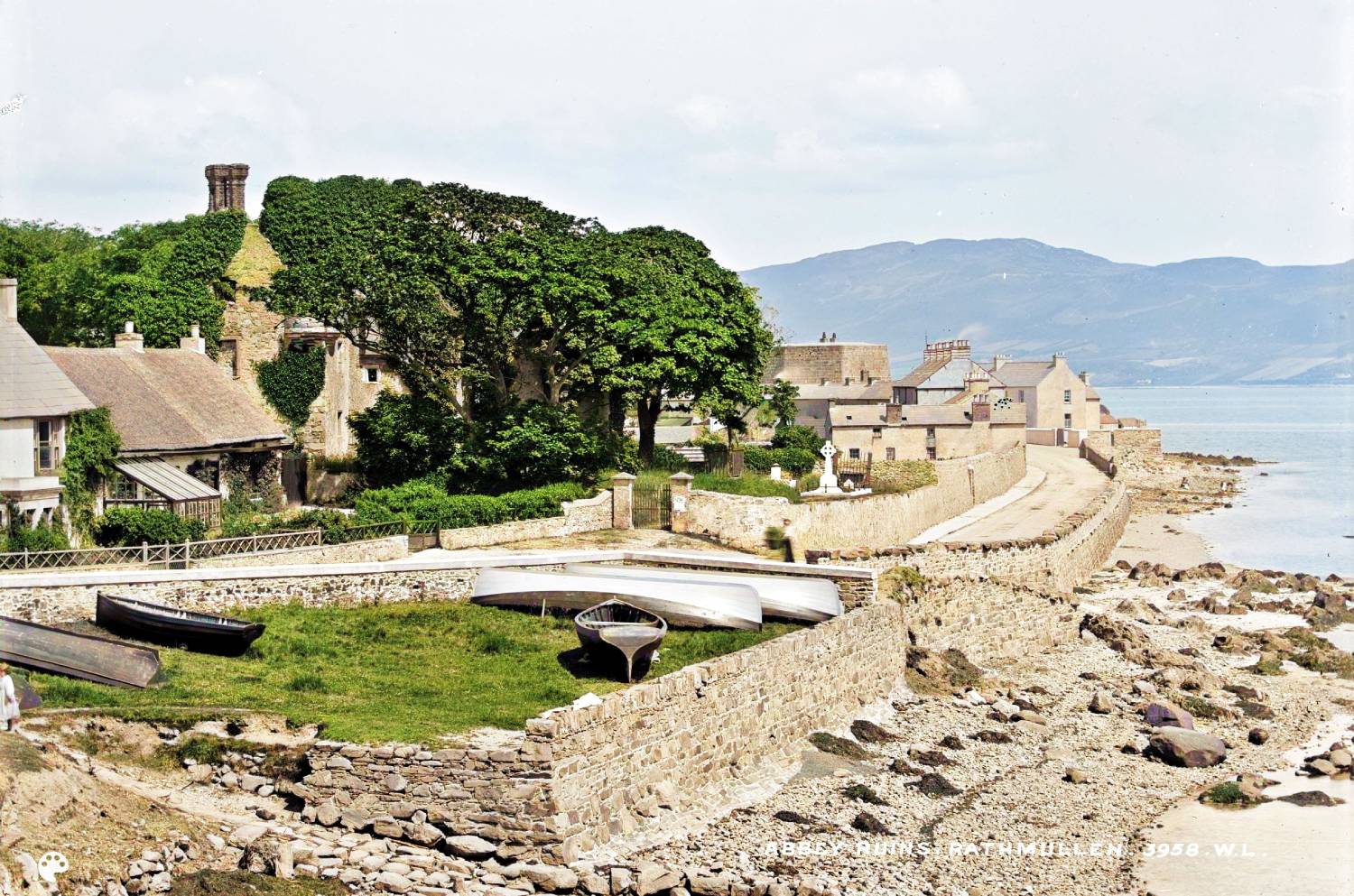Carmelite Abbey, Rathmullan, Co. Donegal
Founded in 1516 by Owen Roe MacSweeney for the Carmelite Order, Rathmullan Priory in County Donegal stands as a fascinating example of how religious buildings were repurposed during Ireland's tumultuous post-Reformation period.
Carmelite Abbey, Rathmullan, Co. Donegal
The priory, originally dedicated to the Blessed Virgin Mary, consisted of a church with chancel, central tower, nave and transept, alongside domestic ranges where the friars lived. Despite being plundered in 1595 by Bingham, the determined Carmelites returned and restored their home, only to face a more permanent transformation in the early 17th century.
In 1618, Andrew Knox, the Protestant Bishop of Raphoe, acquired the site and converted it into something quite unusual; a fortified residence combined with a private chapel. Knox transformed the nave and transept into a three-storey, L-shaped house complete with Scottish-style architectural features, including angle turrets with pistol loops and distinctively moulded windows. His initials and the date 1618, still visible above the hall doorway, mark these alterations. The bishop preserved the tower and chancel as his personal chapel, which later served as the parish church from 1706 until 1814, when St. Columb’s was built nearby. The Knox family eventually moved to Prehen near Derry in the late 18th century, leaving the house to fall into ruins.
Today’s visitors can trace at least two major building phases in the surviving stonework. The original 16th century grey sandstone structure, built with rubble walls and ashlar quoins featuring characteristic punch tooling, reveals Gothic details like the chancel’s three-light east window (whose tracery collapsed in the late 1800s) and elaborate hood-moulds with vine-leaf terminals. The four-storey tower, unusually wide from north to south due to its built-in spiral staircase, still shows evidence of its multiple functions; from providing access to domestic quarters to possibly housing a pulpit loft. The ruins tell a remarkable story of adaptation, from medieval friary to Protestant bishop’s residence to parish church, embodying centuries of religious and political change in this corner of Donegal.








